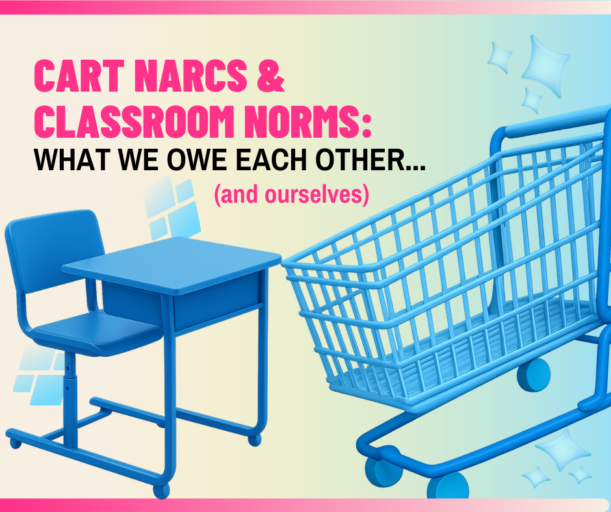We Need to Integrate 3D Interactive Content into our Curriculum today!
A Gateway to the Future of Education
In the swiftly advancing digital landscape, incorporating 3D interactive content into mainstream education represents a pivotal transformation and a requisite evolution. The academic syllabi must be metamorphosed to incorporate these technological advancements as we navigate a new educational epoch driven by AR, VR, and spatial computing advancements. Utilizing learning object repositories such as Safari Montage for effective content dissemination and integrating content from innovative providers like Phibonacci can be significant steps in this direction. Seeking XR and content guidance from experts at XR Terra can lay a solid foundation for this transition, nurturing a generation proficient and skilled in utilizing these platforms.
Let’s Dive In
Incorporating 3D interactive content into mainstream education heralds numerous benefits. It amplifies the learning experience by rendering complex concepts more tangible and understandable. Picture a biology student navigating the complex architecture of a cell in a 3D space or a history student immersing themselves in a vibrant simulation of an ancient civilization facilitated by resources from Safari Montage. Such immersive experiences can make learning more captivating and profound.
This dynamic approach to learning fosters critical thinking and problem-solving capabilities. Students can hypothesize, alter, and validate their concepts in virtual settings, encouraging a hands-on and iterative learning method. It also facilitates visible thinking and fosters a deeper engagement and active participation.
Prepping for a future significantly influenced by AR, VR, and spatial computing, weaving 3D interactive content into education assures students are acquainted with technologies that would predominantly shape their professional environments. This visionary approach nurtures a workforce that is not just tech-savvy but also capable of exploiting these technologies to the utmost extent, encouraging innovation and expansion in diverse fields.
3D interactive educational settings are inclusive and accessible, allowing students with various learning styles and abilities to excel. Primarily, visual and kinesthetic learners stand to gain tremendously, having the opportunity to visualize and interact with the content that aligns with their learning preferences.
To fully realize the potential of these technological advancements, a collaborative effort between educators and policymakers is imperative. Crafting progressive and adaptive curriculums, with training modules and integrated content facilitated through platforms like Phibonacci is essential. These empower teachers with the requisite skills and understanding to wield these tools efficaciously. This guarantees a fluid integration that amplifies the benefits of 3D interactive content in education, introducing students and educators to spatial and experiential concepts.
In conclusion, the amalgamation of 3D interactive content with mainstream educational content transcends being a mere trend; it signifies a critical stride in readying the education sector for the unfolding developments in AR, VR, and spatial computing. By embracing these technologies, guided by insights from XR Terra, we can cultivate an immersive and captivating learning habitat, concurrently preparing students for a technologically advanced future. This fosters a generation adept at harnessing the expansive capabilities of these platforms. Now is the opportunity to advance, nurturing minds well-informed, flexible, and primed for the forthcoming challenges.
Early drafts of this article were inspired by K12 Co-author. Try it here.







